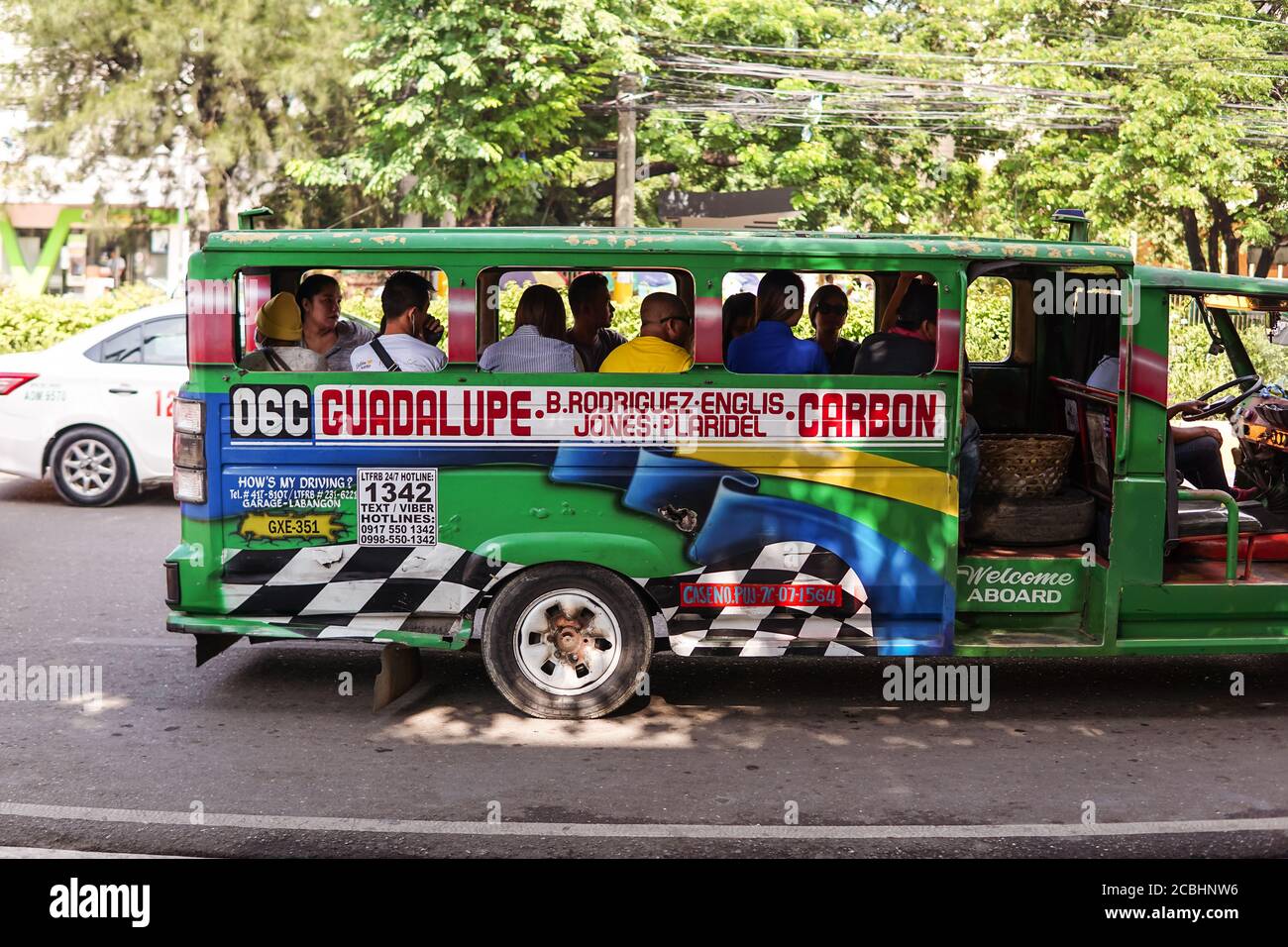Inexpensive Transit Advertising Philippines for Brand Name Recognition
Inexpensive Transit Advertising Philippines for Brand Name Recognition
Blog Article
Recognizing the Function of Transit Marketing in Enhancing Brand Name Visibility and Customer Engagement
Transportation advertising and marketing has arised as a crucial element in the marketing landscape, providing one-of-a-kind chances for brands to boost their visibility and involve consumers properly. With the capability to get to a diverse and restricted target market throughout their everyday commutes, these marketing approaches are not just regarding visibility; they have to do with developing significant connections with potential customers. As we explore the multifaceted benefits and ingenious methods within transportation advertising, it becomes necessary to think about how these aspects jointly influence customer assumption and behavior, questioning concerning their long-term effect on brand name loyalty.
Definition of Transportation Advertising
Transportation advertising describes the technique of promoting items, solutions, or brand names through promotions placed in and around public transport systems. This kind of advertising encompasses a variety of positionings, including posters on trains and buses, digital screens at transit terminals, and covers on the exterior of lorries. It intends to get to a diverse target market, taking advantage of the high foot website traffic related to public transportation.
Transit advertising and marketing is purposefully positioned to capture the attention of commuters, who commonly invest substantial time waiting or taking a trip. By integrating advertisements into the everyday routines of individuals, brand names can create a long-term impact and foster brand name acknowledgment. The tool is specifically reliable in city settings, where public transport is a key mode of travel.
In addition, transportation advertising can assist in local targeting, allowing organizations to reach certain demographics based on transit paths and terminal areas. As urban populations grow and the usage of public transportation increases, this advertising approach has acquired importance as a vital part of integrated marketing methods. The vibrant nature of transit advertising and marketing, incorporated with its capacity to involve consumers in a restricted environment, highlights its significance in contemporary advertising techniques.
Benefits of Transit Marketing
The efficiency of transit advertising and marketing depends on its ability to deliver a multitude of advantages to brand names seeking to improve exposure and engagement. One of the primary benefits is the substantial reach it offers; transit ads can successfully target diverse demographics across city locations, reaching both pedestrians and commuters alike. This broad direct exposure considerably increases brand awareness.
One more advantage is the high regularity of impressions. As transportation vehicles follow well-known courses and quit at numerous areas, they create recurring exposure that enhances brand messages. This frequency cultivates knowledge, which is crucial in consumer decision-making.
Transportation advertising and marketing is likewise affordable compared to other media systems. Provided its large reach and potential for high impacts, brands commonly experience a lower price per thousand perceptions (CPM), maximizing their marketing budget.
In addition, transit advertisements can create a feeling of community connection. By straightening with neighborhood transit systems, brands can resonate with regional target markets and cultivate a feeling of regional pride. This localized method boosts brand loyalty and engagement, making transportation advertising an engaging choice for companies aiming to strengthen their visibility in the market.

Reliable Techniques for Transportation Campaigns
To optimize the influence of transportation projects, brands ought to utilize tactical preparation and implementation tailored to their target audience. First, recognizing the group characteristics of the target market utilizing public transit is crucial. This allows brand names to create individualized messaging that resonates with prospective clients.
Next, selecting the appropriate transit tools is vital. Whether making use of bus covers, train posters, or electronic displays, each medium has one-of-a-kind advantages that can improve presence. For circumstances, dynamic visuals on bus wraps can stand out, while electronic advertisements can be upgraded often to show timely promotions.
Additionally, incorporating a natural branding method across transit systems ensures uniformity and reinforces the brand name's identity. Making use of distinctive styles and remarkable taglines will enhance brand name recall amongst travelers.
Finally, timing is an essential website here variable in performing effective transit projects. Introducing campaigns during top traveling hours or regional occasions can considerably enhance exposure and engagement. By utilizing these techniques, brand names can successfully harness the possibility of transportation marketing, cultivating better understanding and link with their target audience. Eventually, a well-executed transportation campaign can drive considerable development in brand visibility and consumer involvement.

Gauging Effect and Involvement
In evaluating the effectiveness of transit marketing campaign, accurate dimension of effect and involvement is vital for brand names looking for to enhance their marketing techniques. Metrics such as reach, frequency, and impacts offer foundational information to evaluate presence. Analyzing these aspects assists establish the number of prospective clients are revealed to the ads throughout their daily commutes.
Involvement can be further determined via customer communications, such as site web traffic, social networks discusses, and straight actions to calls-to-action included in the advertisements. Using devices like QR codes or distinct URLs can promote monitoring of consumer habits directly linked to transportation projects. Studies and feedback devices also function as beneficial approaches to collect qualitative information on consumer perceptions and recall of the advertisement.
Moreover, progressed analytics and attribution versions can correlate transportation exposure with succeeding purchasing habits, offering understandings right into the return on investment. By employing a comprehensive approach that incorporates qualitative and measurable procedures, brand names can develop a nuanced understanding of their transportation advertising and marketing impact. Ultimately, this data-driven technique enables brands to refine their projects, guaranteeing they resonate successfully with target audiences and enhance overall brand name exposure.
Instance Studies of Effective Projects
Successful transportation advertising and view it marketing campaigns offer as compelling examples of just how effective methods can boost brand name visibility and interaction. Transit Advertising Philippines. One remarkable instance is the "I Love New York" campaign, which transformed the city's photo and drew in millions of vacationers. By utilizing subway ads, signboards, and bus covers, the campaign produced a solid, cohesive brand identity, resulting in a considerable uptick in tourist and local organization patronage
Another excellent campaign is Coca-Cola's "Share a Coke" effort, which leveraged transportation marketing to individualize the brand name experience. By including popular names on promotional materials across numerous transit systems, Coca-Cola promoted a deeper psychological link with consumers, motivating them to share their experiences on social media sites.
Additionally, the "Got Milk?" campaign visit our website effectively utilized public transportation ads to reach a broad target market, reinforcing the message of the significance of milk in a well balanced diet regimen. The project saw a measurable increase in milk intake in target demographics.
These study highlight that when carried out attentively, transit marketing can substantially improve brand name exposure, foster consumer interaction, and drive quantifiable results, demonstrating its vital duty in contemporary marketing methods. - Transit Advertising Philippines
Final Thought
To conclude, transit advertising and marketing acts as a crucial device for boosting brand name visibility and fostering customer involvement. By using tactically placed ads within public transport systems, brand names can efficiently reach diverse audiences and enhance recognition with consistent exposure. The application of targeted messaging and innovative techniques additionally magnifies the influence of transit projects. Inevitably, the capability to gauge involvement and evaluate successful study underscores the performance of transit advertising in driving brand name loyalty and consumer communications.
Transit marketing has actually arised as a critical aspect in the advertising landscape, supplying special chances for brand names to boost their presence and engage customers efficiently.Additionally, transit advertising and marketing can help with localized targeting, permitting services to reach particular demographics based on transportation paths and terminal locations.In evaluating the efficiency of transit advertising campaigns, exact measurement of influence and involvement is vital for brand names seeking to maximize their marketing methods.Successful transportation advertising and marketing campaigns serve as compelling instances of how reliable methods can raise brand exposure and engagement.In verdict, transportation marketing offers as a vital tool for enhancing brand exposure and fostering customer interaction.
Report this page